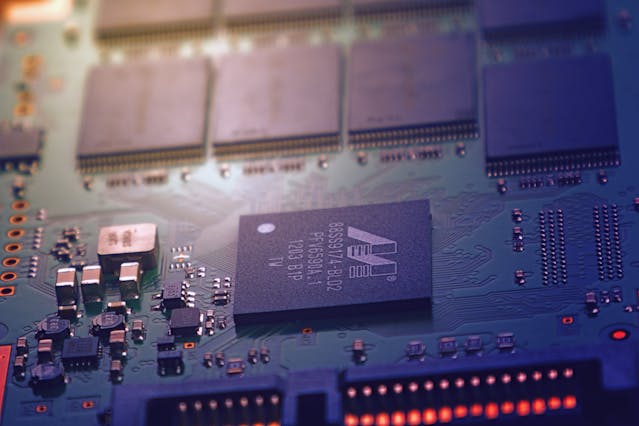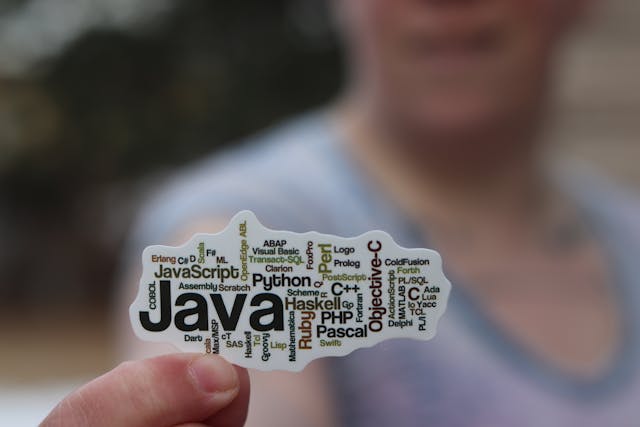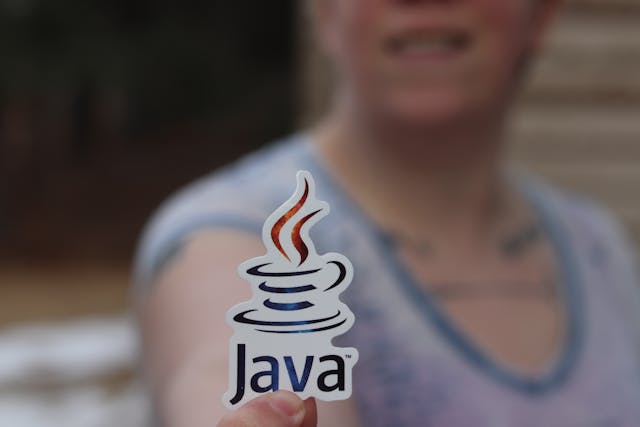Difference Between Big Data and Data Science
Data is gold today. Every organization, regardless of its type or size, is baffling with data to get the most of it. We generate huge amounts of data every second with our activities on our smart gadgets. This data is to be collected, cleaned, transformed and analyzed to make the most of it. This is why the technologies like Big data Analytics and Data Science are booming, creating billions of high-paying jobs worldwide.
Before diving into the details, let’s have a look at some quick facts regarding Big Data and Data Science that are closely related to each other.
Big Data Facts
- In 2020, 1.7 MB of data was generated by every person in just one second.
- A massive 97.2% of organizations are already investing in Big Data and Artificial Intelligence.
- Around 2.5 quintillion bytes of data are generated by Internet users across the world.
- By 2023, the Big Data Analytics market is expected to reach USD 103 billion.
Data Science Facts
- Nearly 78% of the input data utilized by Data Science is generated by internal systems.
- Around 47% of organizations accept that it is data analytics that has significantly transformed the way their industries compete.
- A software company Anaconda published a data science report stating Python as the programming language that is used by 75% of data scientists.
- According to the Analytics Insight Survey, Data Science is expected to create 3,037,809 new job openings by the end of 2021.
Whoa!
So, you would obviously wish to make a career in Data Science. A Python Data Science course can be a great initial step to head towards launching or upgrading your career as a Data Scientist.
So, we have seen that Big Data and Data Science are interrelated fields. This article will let you know about what are the differences between both fields that appear very similar at the first glance.
Table of Contents
What is Big Data?
According to Wikipedia, ‘Big Data is a field that treats ways to analyze, systematically extract information from, or otherwise, deal with datasets that are too large or complex to be dealt with by traditional data processing application software.’
It is a term that refers to massive amounts of data that can be structured or unstructured and inundates the businesses on a daily basis. It is characterized by the three V’s namely Volume, Variety, and Velocity.
What is Data Science?
Wikipedia defines Data Science as, ‘ an interdisciplinary field that utilizes scientific methods, processes, algorithms, and systems to extract knowledge and insights from structured and unstructured data, and applies knowledge and actionable insights from data across a broad range of application domains.’
So Data Science is all about using some processes so that the hidden and meaningful information can be extracted from massive amounts of data.
Data Science vs Big Data: The Difference
| Big Data | Data Science | |
| Connotation |
|
|
| Concept |
|
|
| Basis of creation |
|
|
| Applications | Big Data is applied in the following areas:
|
Data Science is applicable in the following areas:
|
| Perspective |
|
|
How Data Science and Big Data make a Difference
- Organizations need Big data to understand new markets and improvise efficiencies while Data Science utilizes the potential of Big Data.
- Organizations can collect unlimited amounts of data but data science is required to extract meaningful information from that huge amount of data.
- Big data dispenses potential for performance but utilizing this potential is challenging. This task is accomplished via data science.
- Big data analysis is meant for mining useful information from huge datasets. On the other hand, data science involves machine learning algorithms to train computers so that they can make predictions and mimic human actions.
- Big data is all about using tools and techniques, software, distributed computing, and analytics tools. While data science involves using strategies for making informed business decisions, and data dissemination making use of statistics, mathematics, and data structures.
Conclusion
After going through the basic differences between the two booming technologies, you may decide to make a career in any of these technologies. There are online training course providers that conduct courses for both of these technologies.
You should go with an online training course to gain a competitive edge, go with self-paced learning, get 24*7 teaching assistance, an enterprise-class learning management system, doubt sessions, and job assistance.
Enroll now!









